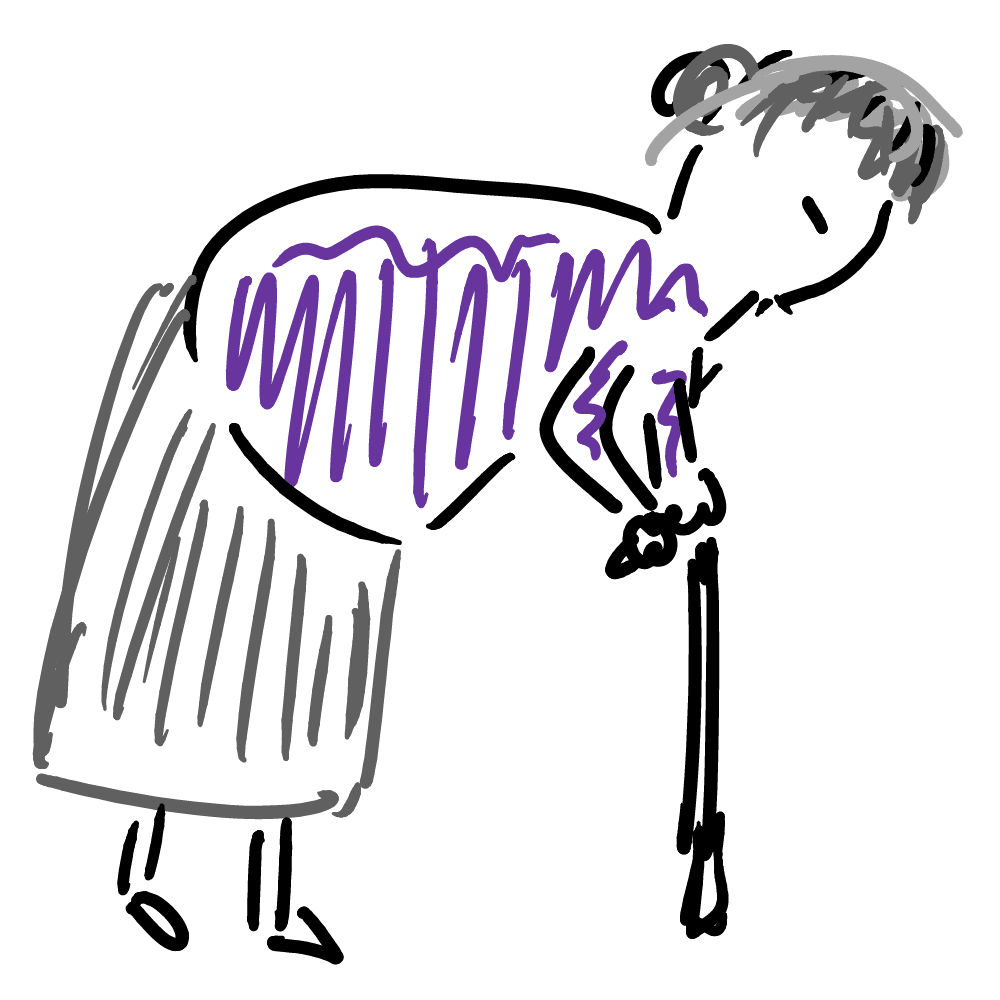History of Modern Latin America
Profesor Javier Morillo-Alicea
November 11th, 2002
Yongho Kim
The book Tracing the Veins: Of Copper, Culture, and Community from Butte to Chuquicamata by Janet Finn is a study of two mining societies owned by one company. She intends to break off from the traditional way of viewing local histories as the stories of nations, and to instead approach a company, Anaconda, which exercised heavy influence over both Butte and Chuquicamata, as the analytic unit. By doing so, she is arguing that to bracket objects of study in terms of nations is not as obvious as we might think, but that it even produces confusion in places like Chuquicamata, in which the prevalent social issues not only arise from the local situation but of a larger situation.
In her first two chapters, Janet outlines the history of Butte’s laboral movement in relationship with the Anaconda Corporation. She then proceeds to define the history of Chuquicamata, the background of the region as a producer of nitrates and later copper. The particular domestic political history of Chile and the international background of such events as the Vietnam War are provided as a reference to domestic situations, ending with Salvador Allende’s nationalization of the mines, and the following military government. In doing so she follows a more or less official storyline along with remarks on superficial social inequalities within the mining industry, particularly Chuquicamata.
In the next chapters, Finn delves into the daily lives of the people and the organization of the labor movement in both Chuquicamata and Butte. She describes the propagandistic methods of the Anaconda Corporation to create a contrasting image of developed Yankees and underdeveloped Chileans, and the tradition being continued after the nationalization, the military government, and the “democratic” civil government. Particularly, I believe the author had more to say about the chapter on “the crafting of everyday life” but she chose to omit for political reasons or lack of particular examples.
The author’s thesis, although not explicitly stated in the introductory pages, seems to be a reaffirmation of contemporary anthropological concept of approaching the non-western civilization just as a sociologist would approach the western civilization.
Still, the way Finn approaches the two societies says something about the current pre-conceived idea of history as a discipline in many history students. She struggles to bring the individual narratives of working women and men up to the sociological meticulosity of those living in Butte. Despite her efforts and a much better result than classical anthropological writings, I still read a notion of “them” towards the people of Chuquicamata who talk in Finn’s book. They’re given special consideration throughout the argument, and it’s good that Butte’s people are represented as thoroughly as their Chilean counterparts.
But Butte’s people are portrayed as a certain standard against which Chuquicamata people must be compared. For example, the labor movement in Butte has an intellectual basis but in Chuquicamata it does not seem to be so. The beginning of each chapter has a citation to one person from either community, and one social theorist who will always be either European or North American. Also, the interviews seem to have been carried in such a way that the miners in Chuquicamata will sound in more simplistic, or less learned ways. I don’t know if this is because of a rough translation, or the disposition of the interviewed people, but this definitely comes to reaffirm the stereotype that latin American people enjoy raw nature and dancing while “Westerners” are serious workers. In this sense, then, I would question the author’s claim in that she overcame the cultural bias prevalent in the western social sciences.
In sum, the book challenges and breaks the notion of nation as an analytic unit, and contributes to a better knowledge of the so-called underdeveloped societies by describing the complexities and similarities of such societies to those considered western.

Leave a Reply